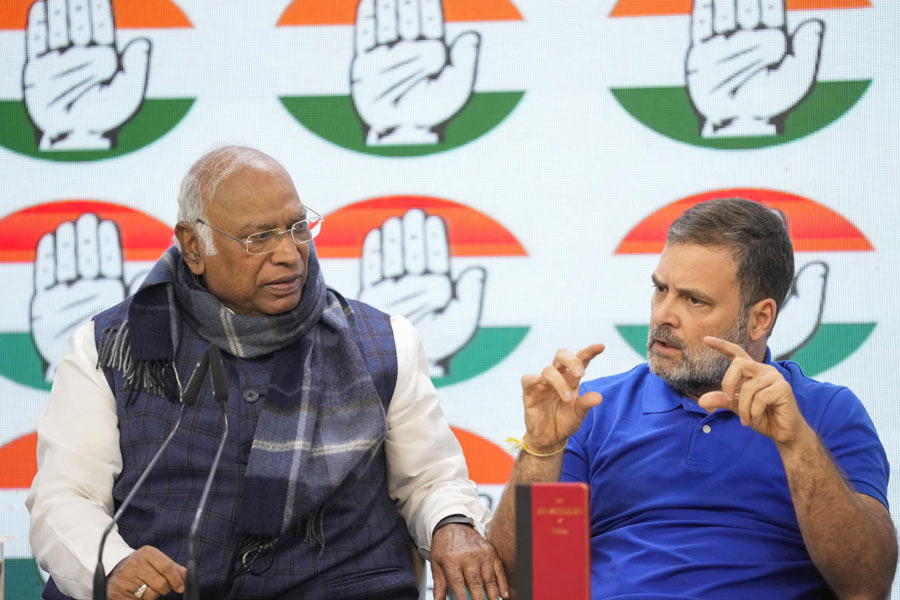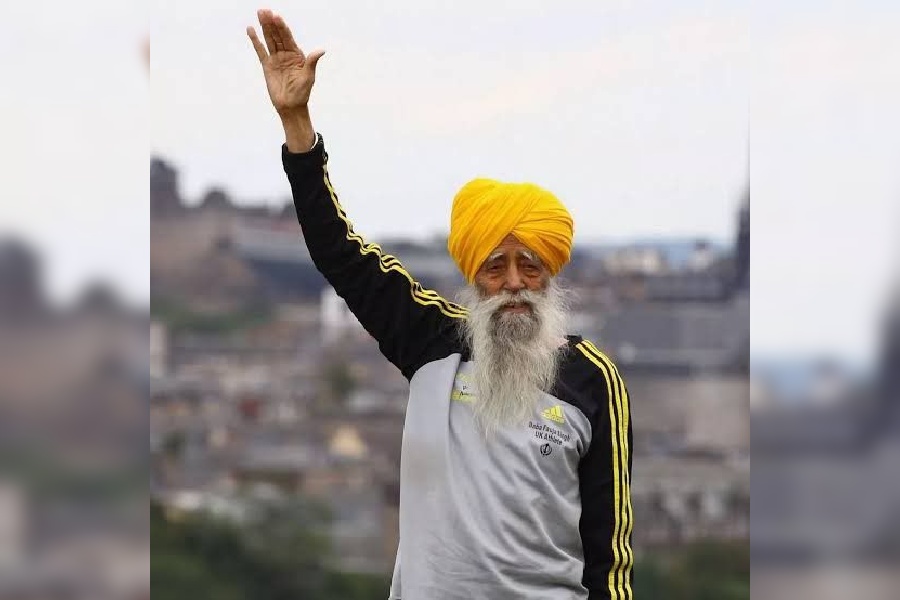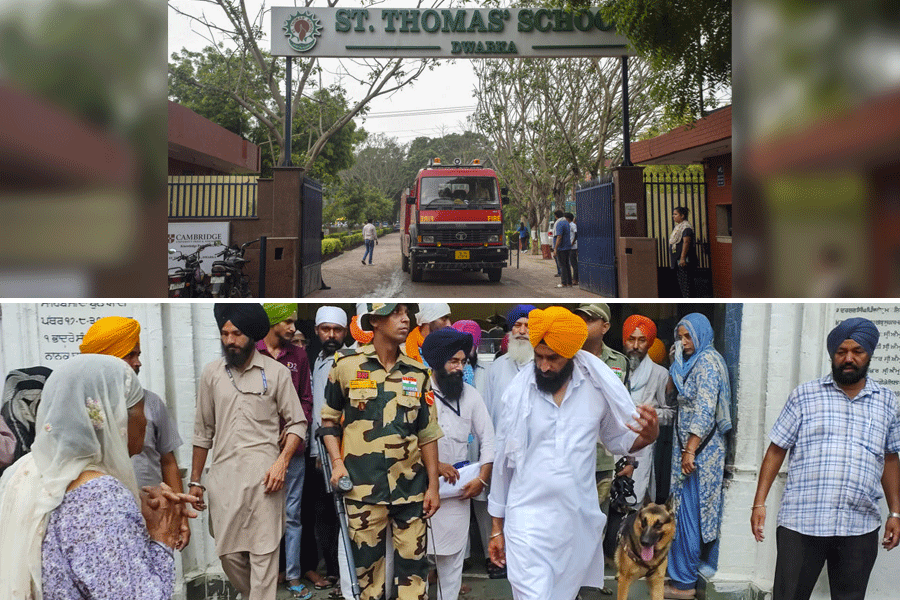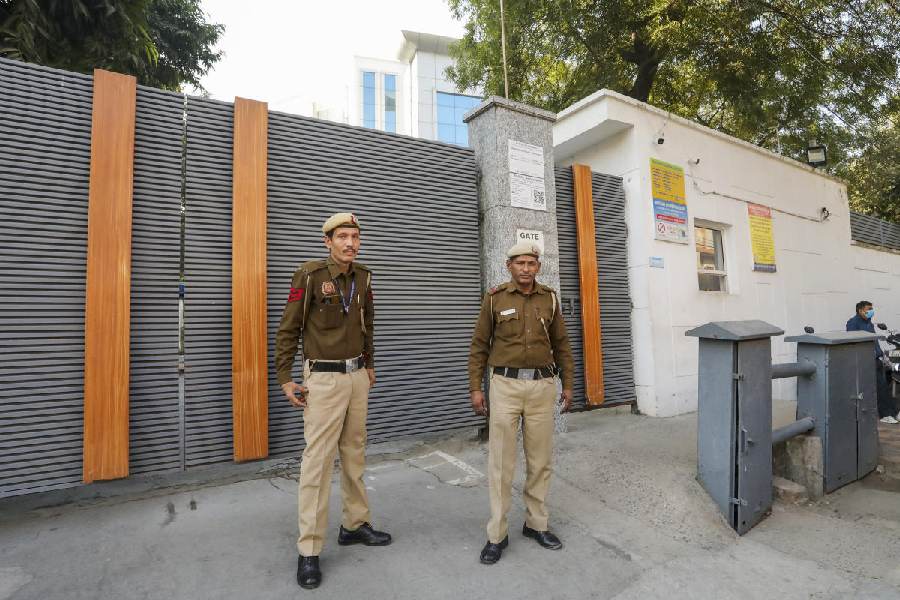
Crossings
Yes, you heard right. A Chinese man in Canada, speaking fluent Bengali, has an authentic Calcutta Chinese food joint in Mississauga that has renamed the “American chop suey” on the menu to “Calcutta chop suey”.
Being a Bengali, a diehard Calcuttan and a Hakka Chinese food fan, how do I feel about it?
A bit surprised, but mostly thrilled to bits.
Mississauga is a town in the Greater Toronto Area, inhabited by a few thousand Bengalis. Ming Room, the restaurant in question, is owned by Ming Wong, a man of Chinese origin, but born and brought up in Calcutta. Wong studied at St. James’ School and attended St. Xavier’s College on Park Street, and has lived in Park Circus. Renaming the much-loved American chop suey is, thus, more than a menu shake-up. It is in a way, an homage to the city of Wong’s childhood.
Canadians, whose sentiments about most things American are legendary, have welcomed the Calcutta-Chinese fusion ravenously. Indians, Pakistanis and white Canadians alike are visiting Ming Room in droves, treating their taste buds to the oh-so-spicy version of Hakka, Hunan and Sichuan Chinese.
Toronto has a typical Chinatown where you find authentic mainstream Chinese cuisine. While digging into the dumplings there one day, I saw ducks, pigs and octopuses hanging upside-down, being slow-roasted in ovens in the eateries dotting the streets. Most places also had large trays of organs, frying away. To be quite honest, I took a steep turn, and ever since, have restricted my mainstream Chinese explorations to dumplings, or “momos”, as they are called in my hometown.
Then one day, my tryst with Ming Room happened.
Referred to by a friend, I walked into this suave restaurant and found the long-lost menu card of my childhood. Chilli chicken, chicken manchurian, garlic prawn, prawn szechwan, shrimp pakoras, chicken chowmein, chilli fish and the typical Calcutta-style mixed fried rice. Ever since, Ming Room has become my second home. Hungry, angry, joyous or depressed, my family and I celebrate every occasion here.
Last month, on my birthday, we landed up in Ming Room once again. My husband had just placed his favourite order — American chop suey. “We don’t make American chop suey,” said the Nepalese waitress. What? I looked up in disappointment. My husband looked crestfallen. “But you did, till a month ago?” we chimed. She replied stoically, “We serve Calcutta chop suey.”

And peace was restored. Exhilaration was writ large on our faces when the dish was brought in. It looked and tasted just like the American chop suey served at any roadside Calcutta Chinese joint. Mixed vegetables and chicken poured over a crispy noodle nest with a fried egg sitting pretty on top and lots and lots of thick sauce. Only it’s name had been changed. I couldn’t help but feel proud.
It was not just any dish, but a live connection with Calcutta. And the re-naming was not just some random tweak, but a stamp of belonging on the dish and emotionally invested eaters like me. Distance is a strange thing. Would I relish this as much had I been in Calcutta? Perhaps not. But thousands of miles away, the Calcutta chopsuey assumed inordinate importance, giant proportions in my culinary memoryscape, no less than the Victoria Memorial or the Howrah Bridge.
Ming Wong laughed at my reaction: “American chopsuey, in reality, is an English dish with bean sprouts, cabbages and celery, bound in a starch-thickened sauce. So, when people in Canada initially ordered the dish, they expected the same. They were surprised to see our version, the brilliant Indian twist. Renaming it ‘Calcutta chop suey’ only seemed fair,” he said.
Wong has been in Canada for over 20 years now. He immigrated with his family in 1995 and started living in Vancouver. His father was from Shanghai and his mother is a second-generation Chinese from Calcutta.
Wong started his career in Canada in the IT industry. He then moved to New York and worked in the finance sector. Then the 9/11 attacks happened and it changed his life irrevocably. He moved back to Canada, but this time to Toronto.
“In 2003, my brother and I came up with this idea of opening a Calcutta Chinese restaurant,” he recalled. “My brother, Micheal Wong, has worked as a chef in Chinese restaurants in New York, Florida and Houston, but never really cooked the Calcutta style Chinese. However, it wasn’t difficult for him to replicate those dishes as he too was raised in Bengal. He did his schooling from St. Vincent’s, Asansol, and was familiar with the Calcutta palate.”
It has been 13 years since Ming Room debuted. Along with a few other restaurants, it is establishing Indian Chinese or Calcutta Chinese as an authentic form of cuisine in North America.
“The Hakkas are Chinese people whose ancestors are chiefly the Hakka-speaking people from the provincial areas of China,” Wong explains. “Hakka cuisine is the cooking style of the Hakka people.”
The style was adopted in Calcutta ever since the Chinese community started life in India around the 18th century, when they arrived in Calcutta and Madras.
“In the Greater Toronto Area, this fusion food with a burst of spices is very much liked by Canadians and they come back again and again,” says Wong.
Mississauga News has called it the “Best Fusion” restaurant in town, and Toronto Life has titled it “The City’s Best Takeout”. The restaurant has been featured in Omni TV and other Canadian media.
And now, after this piece, Mr Wong is sure to be mobbed at Dum Dum Airport!
Kaberi Dutta Chatterjee










